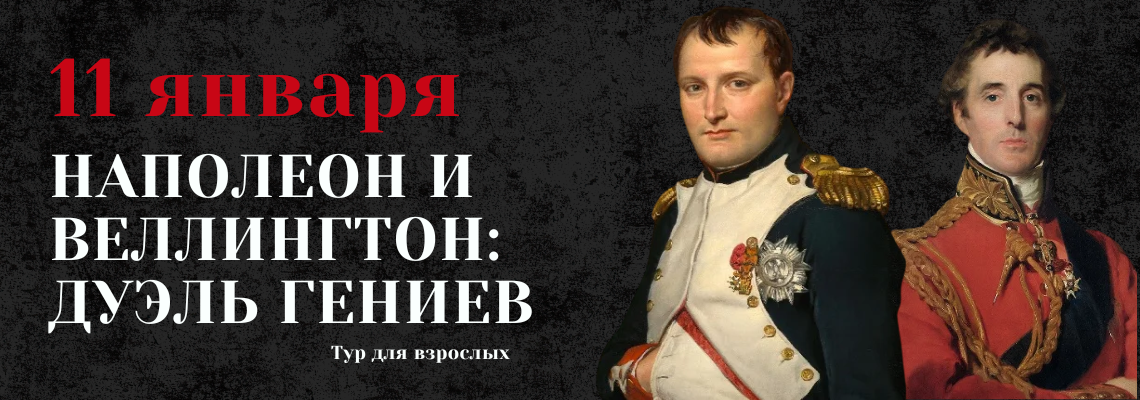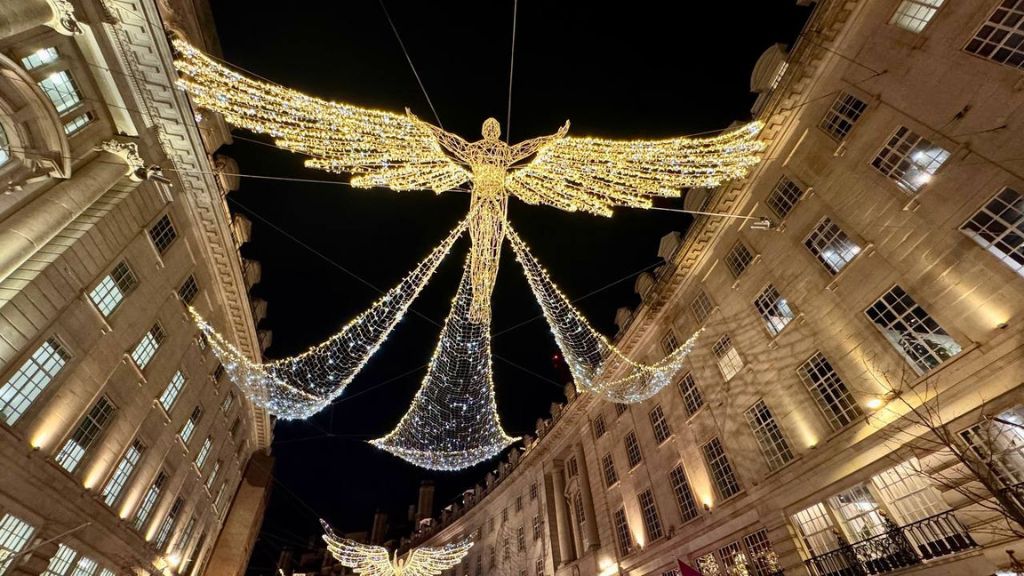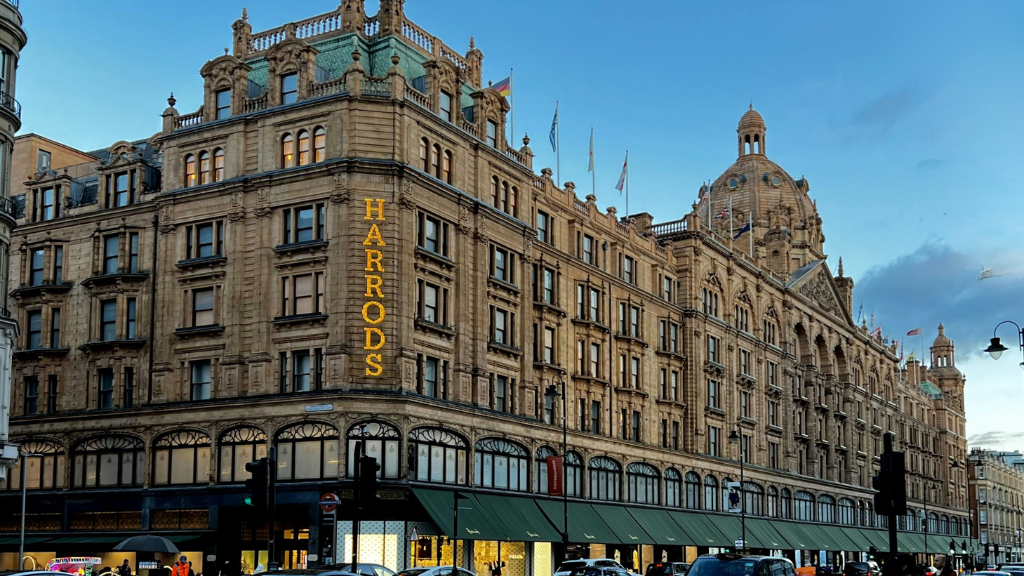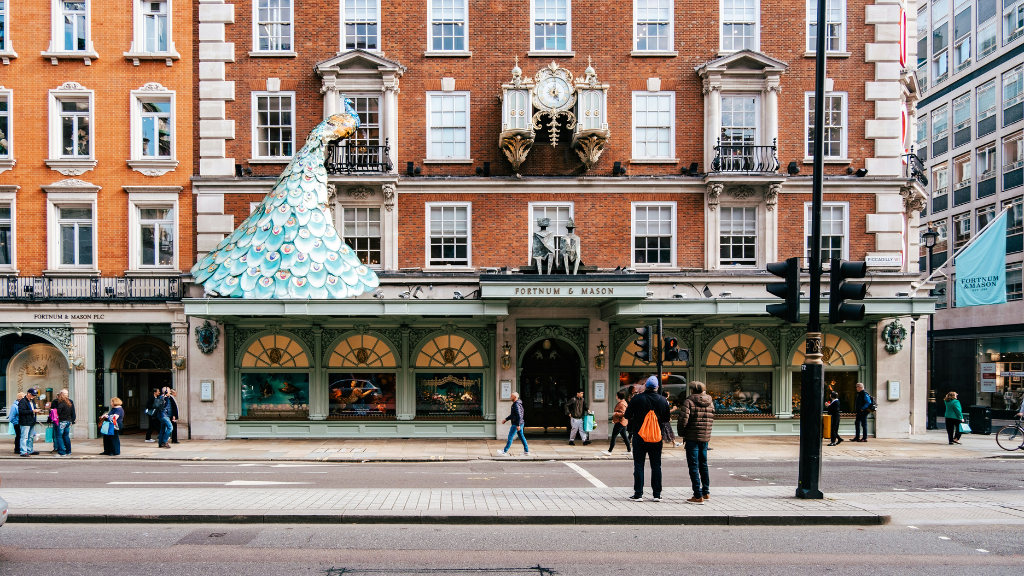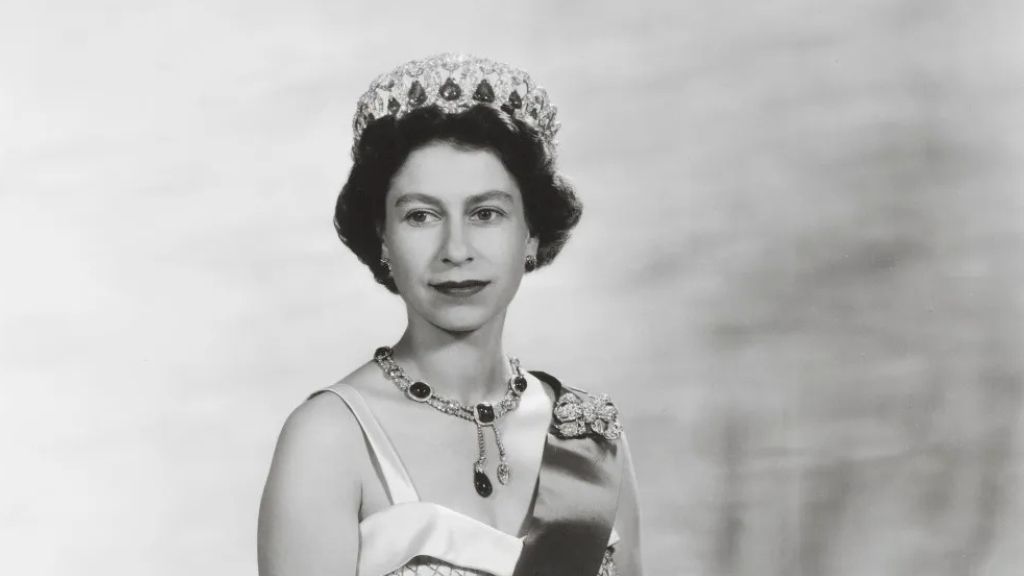
Splendour and progress: the achievements of Versailles at the Science Museum
The Science Museum invites visitors to a major exhibition ‘Versailles: Science and Splendour’, dedicated to the scientific achievements of the iconic Palace of Versailles. The exhibition features over 120 unique items, most of which have never been displayed in the UK. Developed with the support of Versailles, it showcases scientific knowledge that became a widespread and fashionable tool of power, highlighting the close connection between art and science at the French royal court. Afisha.London magazine has explored the exhibition.
As the official residence of royal power in France during the 17th and 18th centuries, Versailles is renowned not only for the astonishing luxury of its palace and gardens but also for its remarkable scientific achievements. Visitors will embark on a journey through the evolution of science at Versailles over almost 120 years, from the establishment of the Academy of Sciences by Louis XIV in 1666 to Louis XVI’s commissioning of the La Pérouse expedition to the Pacific Ocean in 1785.
Measuring time and space was one of the key aspects of the Academy of Sciences. Visitors will have the opportunity to view Cassini’s 1679 map of the Moon, the accuracy of which remained unmatched for over 200 years. The promotion of French power through scientific advances was also used for political purposes, with exquisite instruments crafted as diplomatic gifts.

Photo: Afisha.London
The exhibition also showcases the magnificent gardens of Versailles in a new light. Academics and experts commissioned by Louis XIV used engineering to transform the palace grounds into an oasis of power and prestige. Of particular significance to Louis XIV was the creation of spectacular fountains, which required hydraulic engineering projects of unprecedented scale. The Marly machine, which supplies the fountains of Versailles with water from the Seine, is astounding in its grandeur.
With France’s overseas presence, Versailles became a centre for the scientific study of plants and animals from around the globe. The rising interest in zoology and the lavish tastes of kings further encouraged the advancement of innovative botanical engineering. Visitors can view the royal portrait of a pineapple and the captivating story of Louis XV’s rhinoceros, the most famous and spoilt resident of the palace menagerie.
- Photo: Afisha.London
- Photo: Afisha.London
Another section of the exhibition is devoted to the medical advancements supported by the monarchy. The royal family made significant contributions to these developments by allowing their bodies to undergo various procedures. On display is a scalpel specially crafted for the operation on the Sun King, along with materials regarding the smallpox vaccination given to Louis XVI and his family as soon as he ascended the throne.
Invalid slider ID or alias.
Louis XV also supported the training of midwives throughout France to reduce infant mortality and promote population growth in the kingdom. Born into a family of doctors, Angélique du Coudray gained prominence through her innovative approach to midwifery training. She used elaborate life-size mannequins to demonstrate the mechanics of childbirth – a part of the only surviving mannequin is displayed in the exhibition. Madame du Coudray trained over 5,000 women and doctors across France.
Scientific culture became prominent and fashionable at the courts of Louis XV and Louis XVI, with both royalty and aristocracy receiving an education in physics, mathematics, and chemistry. Furthermore, science was also used to assert power on the global stage through advancements in military technology and defence engineering.
- Photo: Afisha.London
- Photo: Afisha.London
The final room delves into Versailles’ passion for spectacle. The palace functioned as a venue for scientists and their work, as well as for kings eager to showcase their power through unusual displays. Among the remarkable exhibits is the most famous watch in the world, the Breguet No. 160 ‘Marie Antoinette’, alongside one of the most complex engineering feats of its time, ‘La pendule de La Création du Monde’, presented to Louis XV in 1754. This watch exemplifies the fusion of scientific achievements and royal opulence, highlighting the splendour of Versailles.
The exhibition ‘Versailles: Science and Splendour’ is open at the Science Museum until Monday, April 21.
Cover photo: Afisha.London
Read more:
February 2025 in London: a month of culture, romance, and spectacle
Brazilian Modernism at the Royal Academy of Arts: The Vibrant Revolution That Changed Art
“Van Gogh: Poets and Lovers” becomes the most attended exhibition in National Gallery history
SUBSCRIBE
Receive our digest once a week with quality Russian events and articles




